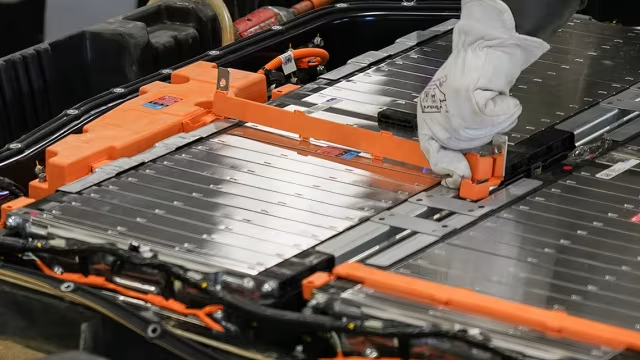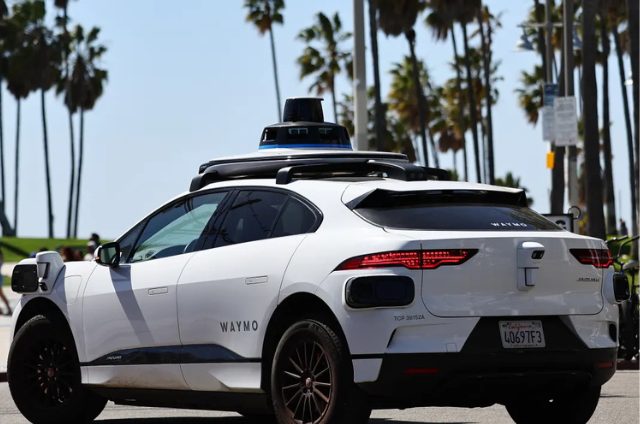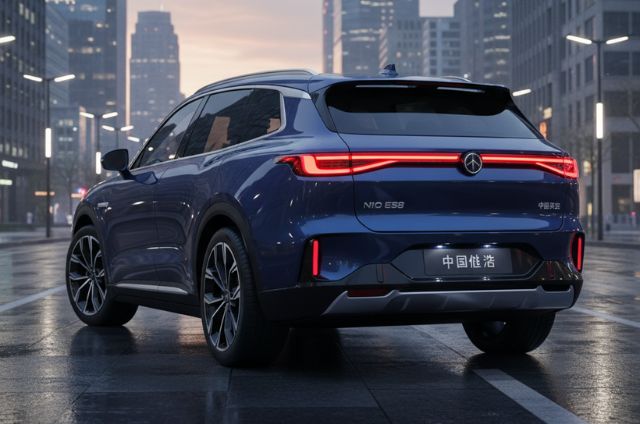More Than Just Recycling: The Second-Life Opportunity
When electric vehicle batteries degrade to 70-80% of their original capacity, they are typically recycled. But what if they could be repurposed instead? IDTechEx’s latest report explores how second-life EV batteries can be used for energy storage, power backup, and even extended use in EVs—reducing waste and maximizing value.
Where Do Second-Life Batteries Go?
Once an EV battery reaches the end of its first life, automakers collect and test it to determine its future use. If suitable, these batteries can be repurposed for:
- Energy storage – Supporting renewable energy systems by storing excess power.
- Backup power – Used in commercial buildings, telecom towers, and construction sites.
- Portable applications – Powering festivals, events, or mobile charging stations.
- Extended EV life – Some batteries receive refurbished cells to continue powering vehicles.
Challenges in the Second-Life Battery Market
Despite the benefits, second-life battery adoption faces obstacles:
Automakers prioritize recycling – OEMs prefer direct deals with recyclers to meet EU recycling content targets for 2031 and 2036.
Falling battery prices – The cost of new lithium-ion energy storage is decreasing, making repurposed batteries less competitive.
Lack of government incentives – Most policies favor recycling over repurposing, limiting industry growth.
Global Trends in Battery Repurposing
China leads in second-life battery projects, with large-scale deployments in backup power and telecom applications. However, Europe also has strong activity, with 20 repurposing companies across Germany, the UK, Belgium, and Switzerland. The U.S. follows with five major players.
The Future of Battery Repurposing
While second-life batteries may struggle against new energy storage solutions, lower costs and stronger incentives could change the landscape. Extending battery life reduces CO₂ emissions per kWh, yet current policies fail to recognize this benefit.
With EV adoption surging, the industry must decide: prioritize recycling or invest in a circular economy where batteries live beyond the road?



